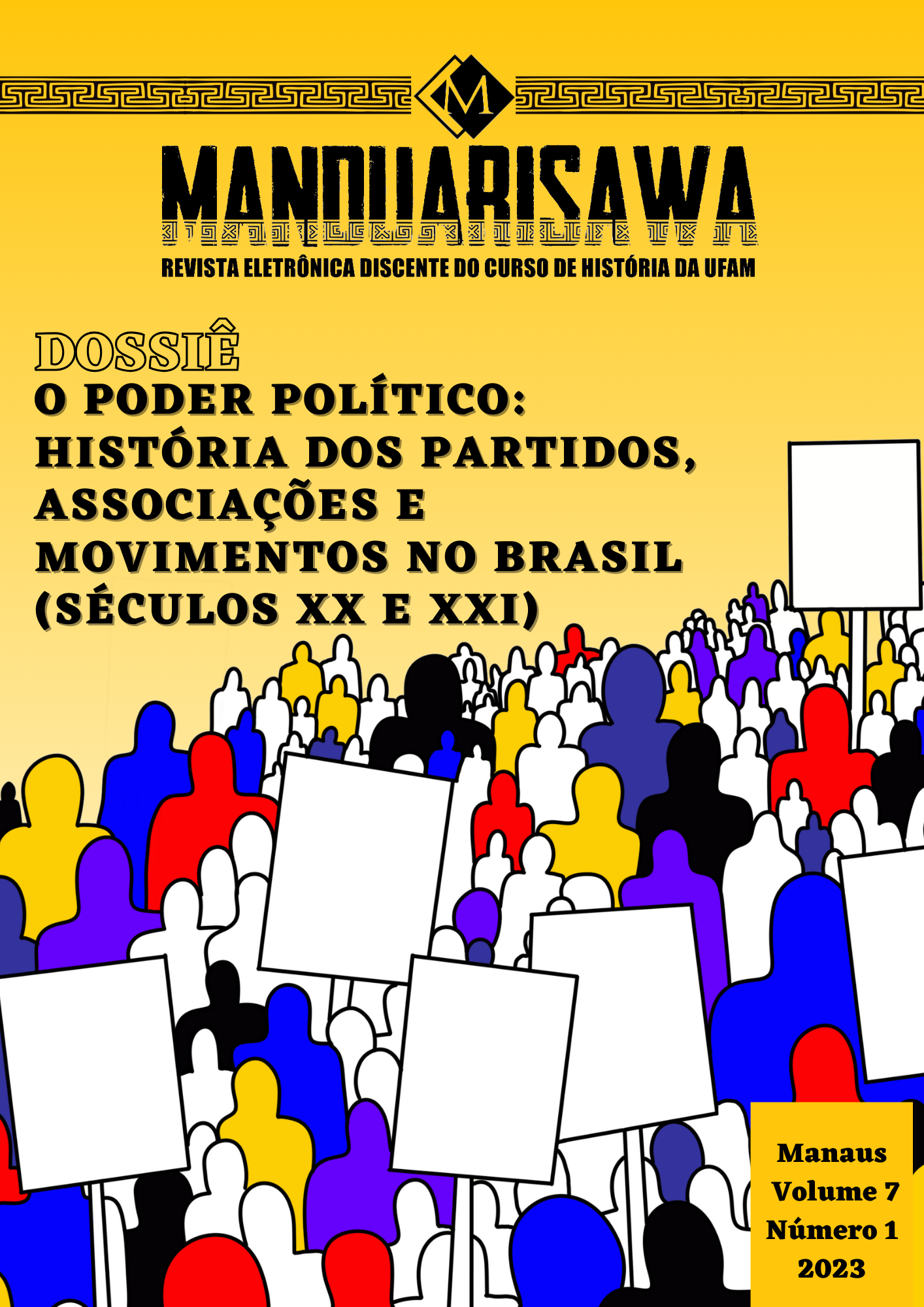Perceber e sentir: a estética do movimento integralista
Abstract
The objective of this article is to understand how the Brazilian Integralist Action (AIB) utilized aesthetics within its political culture and how the propagated aesthetic set contributed to creating a mechanism of cohesion both internally and externally to the movement. During its period of legality (1932-1937), the AIB aligned itself with other fascist movements of the time by developing an aesthetic set that aimed to engage the masses and provide coherence to its political project through habits, devotions, feelings, and affections. By manipulating symbols, rituals, and other expressions, they transferred political activity to a symbolic field of representations. Therefore, by analyzing the documents that structure the integralist aesthetic set, it is believed that these expressions acted as an auxiliary tool in unifying and giving meaning to the movement and its project of cultural, social, and political renewal, recruiting new followers and disseminating the ideal of the "Integral Revolution."






